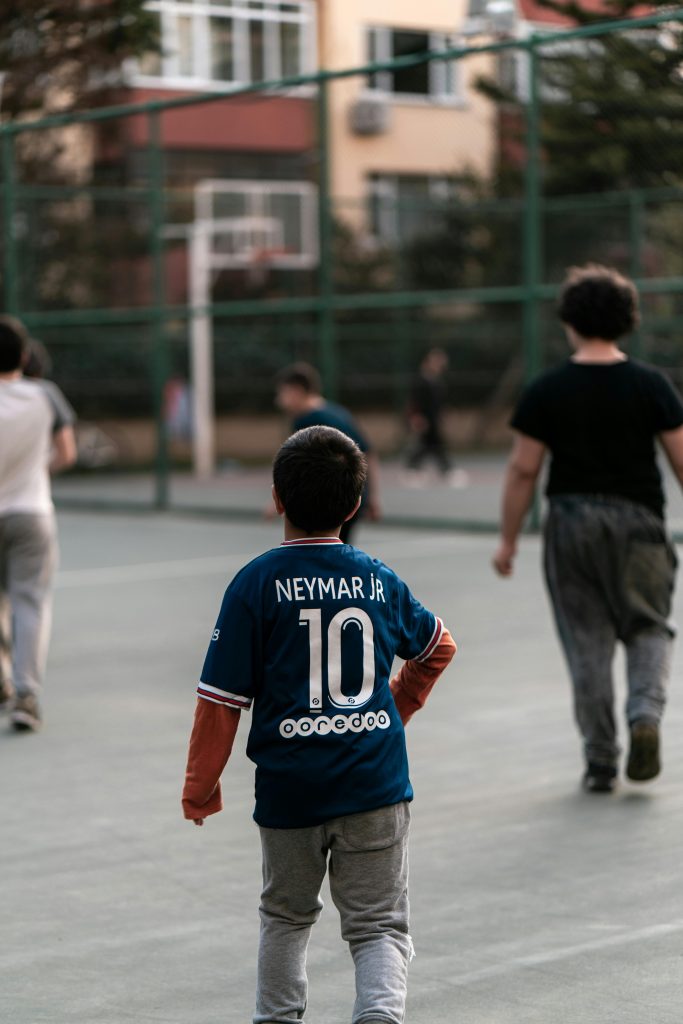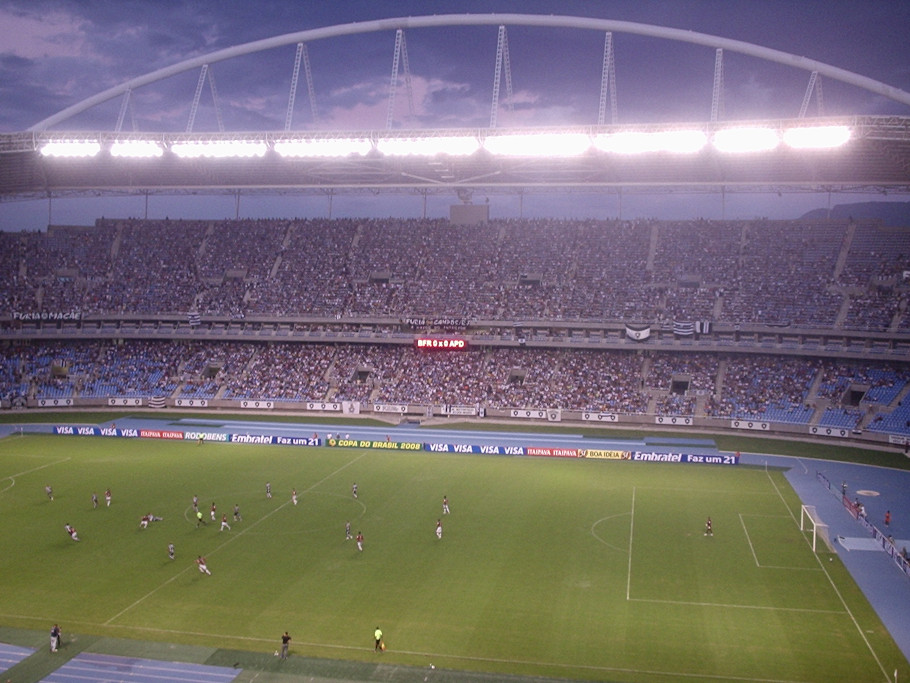Football, celebrated globally, displays its greatest splendor through international competitions. Among the most captivating aspects of these tournaments are the distinctive playing styles and tactical approaches that teams from different continents bring to the field. Europe and South America, the two powerhouses of international football, offer a rich tapestry of contrasting football philosophies that reflect their unique cultures and histories. This article explores the differences in playing styles between European and South American teams and how these styles shape their approach to international competitions.
Historical Context and Development of Playing Styles
To understand the current differences in playing styles between European and South American teams, it is essential to consider their historical development.
Europe: European football has long been characterized by a focus on tactical discipline, physical robustness, and organizational structure. The diverse climate and terrain across the continent necessitated different approaches, from the fast-paced, physical game of the British Isles to the more technical and possession-based style of Southern Europe.
- Britain: Historically, British football favored a direct approach with an emphasis on physicality and aerial duels, often relying on long balls and crosses.
- Italy: In contrast, Italy developed a defensive, counter-attacking style, famously known as “catenaccio,” which prioritizes strong defensive organization and swift transitions to attack.
- Spain: Spanish football evolved towards a possession-based approach, emphasizing short passes and fluid movement, best exemplified by the “tiki-taka” style popularized by FC Barcelona and the Spanish national team.
South America: South American football, deeply rooted in the continent’s culture, celebrates flair, creativity, and individual expression. The warm climate and often uneven playing surfaces contributed to the development of a more improvisational style that values skill and ingenuity over physicality.
- Brazil: Known for its “samba” style of play, Brazilian football emphasizes dribbling, creativity, and fluid attacking movements. The philosophy of “joga bonito” (play beautifully) highlights the artistry of the game.
- Argentina: Argentine football blends technical skill with a strong tactical understanding. The focus is on “la nuestra” (our way), a philosophy that combines dribbling, close control, and an acute sense of space and movement.
Tactical Approaches in International Competitions
The tactical approaches of European and South American teams in international competitions reflect their distinct playing styles.
European Teams: European teams often prioritize tactical discipline, physical conditioning, and strategic flexibility. This approach manifests in various tactical systems that balance defense and attack, often adapting to the strengths and weaknesses of their opponents.
- Defensive Solidity: European teams, particularly those from Italy and Germany, emphasize defensive organization. The use of zonal marking, structured pressing, and disciplined backlines is common, with a focus on maintaining a compact shape and minimizing defensive errors.
- Strategic Adaptability: Teams from Europe are known for their ability to adapt tactically during a match. Coaches often employ multiple formations and strategies, switching between possession-based play, counter-attacking, and pressing based on the game’s context.
- Physical Intensity: The physical aspect of the game is crucial in Europe. Players are expected to be physically robust and capable of maintaining high intensity throughout the match. This is often coupled with precise passing and controlled aggression.
South American Teams: South American teams, by contrast, prioritize flair, creativity, and attacking dynamism. Their approach is often more fluid and less rigid than their European counterparts, emphasizing individual skill and collective attacking play.
- Creative Play: South American teams are known for their technical skill and creative playmaking. They often utilize dribbling, quick interchanges, and spontaneous movements to break down defenses, relying on the individual brilliance of players to create scoring opportunities.
- Attacking Focus: The attacking mentality is deeply ingrained in South American football. Teams prefer to dominate possession and play an aggressive attacking game, often using wide players and playmakers to stretch defenses and exploit spaces.
- Cultural Expression: Football in South America is as much about entertainment as it is about competition. The style of play often reflects the cultural emphasis on expression and creativity, with players encouraged to showcase their individual talents.
Contrasts in Fan Experience and Cultural Impact
The differences in playing styles are mirrored in the fan experiences and cultural impacts of football in Europe and South America.
Europe: European football fans are known for their passionate but often organized support. The fan culture varies across countries, but there is a common emphasis on chanting, singing, and creating a vibrant atmosphere within the stadiums.
- Organized Support: European clubs and national teams often have highly organized supporter groups that plan elaborate displays, known as tifos, and choreographed chants. These supporters play a significant role in creating the atmosphere and influencing the game.
- Rivalries and Traditions: The rich history of football in Europe has fostered intense rivalries and deep-rooted traditions. Matches like El Clásico (Barcelona vs. Real Madrid) or the Milan Derby (Inter Milan vs. AC Milan) are not just sporting events but cultural phenomena that capture the imagination of millions.
South America: In South America, the passion for football borders on religious fervor. The game is deeply embedded in the culture, and the fan experience is often more visceral and emotional.
- Carnival Atmosphere: Matches in South America are celebrated with a carnival-like atmosphere. Fans bring drums, fireworks, and banners, creating a vibrant and often chaotic environment. The energy in the stadiums is palpable, with supporters singing and dancing throughout the match.
- Cultural Identity: Football in South America is more than a sport; it is a reflection of cultural identity and pride. The game is intertwined with social and historical narratives, and success on the field is seen as a source of national and regional pride.
Notable Examples and Case Studies
Several international tournaments highlight the contrasting styles and approaches of European and South American teams.
- 1970 World Cup: The 1970 World Cup in Mexico showcased the attacking flair of South American football, with Brazil’s “samba” style culminating in a spectacular 4-1 victory over Italy in the final. This tournament is often cited as a defining moment for the aesthetic appeal of South American football.
- 1982 World Cup: The 1982 World Cup in Spain featured a contrast between Italy’s disciplined and tactically astute approach and Brazil’s flamboyant, attacking play. Italy’s triumph, with their organized defense and clinical counter-attacks, exemplified the effectiveness of European tactical discipline.
- 2002 World Cup: The 2002 World Cup in South Korea and Japan saw a blend of European tactical prowess and South American creativity. Brazil’s victory, characterized by their attacking brilliance, highlighted the enduring appeal of South American football, while Germany’s disciplined run to the final underscored the strength of European tactics.
Conclusion
The playing styles and tactical approaches of European and South American teams in international competitions offer a captivating contrast that enriches the global football landscape. While European football emphasizes tactical discipline, physicality, and strategic adaptability, South American football celebrates flair, creativity, and attacking dynamism. These differences are not only a reflection of their distinct football philosophies but also a testament to the cultural and historical contexts from which they emerge. As football continues to evolve, the interplay between these styles will undoubtedly shape the future of international competitions, providing fans with a diverse and thrilling spectacle that transcends borders and unites the world in its love for the beautiful game.
- Neymar’s Return to Santos FC - January 29, 2025
- Manchester United and Manchester City: Challenges in the 2024-2025 Premier League Season - January 5, 2025
- Manchester City: The Downfall of a Modern Football Powerhouse - December 16, 2024



